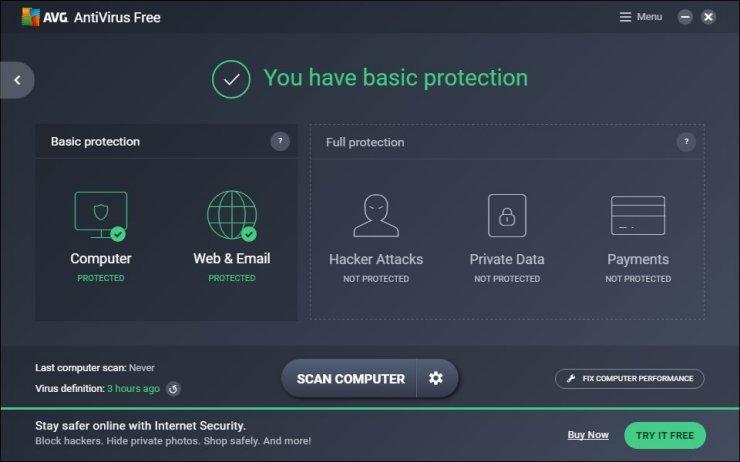

- #Free online virus scan for chrome book install
- #Free online virus scan for chrome book android
- #Free online virus scan for chrome book software
Similarly, it will tell you that your device has “unsecured Android settings” if you’re not using a PIN, Pattern, or Password-options that aren’t even available in Android’s settings on Chromebooks because Chrome OS itself handles those things. Why? Because it’s running in a sandbox that can’t see the rest of the operating system! The good news is that Malwarebytes at least detected the test virus I installed from Google Play to verify it worked.īeyond that, Malwarebytes offers a “security audit” that checks your device’s settings for any potential security risks-all of which are Android related.įor example, it will let you know if you have Developer Options enabled in the Android settings menu on your Chromebook, but it won’t alert you if your device is in Developer Mode which is a far more insecure setting on Chrome OS machines because it effectively disables most of Chrome OS’ biggest security features. But that’s what pretty much every antivirus on Android does. It does offer “virus protection” that scans every new Android app installed for any malicious intent. RELATED: What is Google Play Protect and How Does it Keep Android Secure? Okay, So Does Malwarebytes Do Anything on Chrome OS? In other words, Chromebooks are inherently protected against most Android threats by default, and it takes quite a bit of additional work before you can bypass this protection.
#Free online virus scan for chrome book install
To make matters even simpler, you can’t install third-party app stores (or any other application) on a Chromebook without first enabling Developer Mode-sideloading of applications is blocked by default on Chrome OS for security purposes. The bad stuff.Īll that is to say one thing: if you don’t use third-party app stores on your Chromebook (or Android device!), guess what? There’s a very small chance you’ll ever need an antivirus. You know, the kind that uses legitimate apps like PayPal to steal money from you. More often than not, users are getting malicious apps from unmonitored app stores or even ones that promote piracy by offering paid apps for free-those types of stores are just asking for trouble. It’s not a perfect system-like any similar solution, some threats still make it through, though those are uncommon.Īnd really, when it comes to Android viruses/trojans/malware, there’s a common thread: third-party app stores. It scans every app that comes into Google Play for potential threats, then blocks anything that throws up a red flag. Google does a pretty good job of keeping malware out of the Play Store by using Google Play Protect.

In fact, you need one even less on the latter. You don’t need an antivirus on Android any more than you need one on Chrome OS. So, I guess Malwarebytes’ thinking goes something like this: if there are trojans and malware on Android, you can have those same issues on Chrome OS! And while I’m ready to admit they’re not technically wrong, that also doesn’t make them right. The thing is, Android apps also run in a separate container (sandbox), so anything that happens within the Android environment can’t hurt the rest of the OS.
#Free online virus scan for chrome book software
While admitting that Chromebooks are inherently secure, Malwarebytes also somehow claims that they “can still get infected.” This is presumably by Android apps because the version of software it’s marketing for Chromebooks is its Android app. Past that, Chromebooks get regular updates, bringing security fixes with each one. This, of course, isn’t recommended for the majority of users. The only exception here is if you’ve enabled Developer Mode, which disables Verified Boot and allows modifications to the system. If it detects an anomaly-which means any system modification-it will repair itself. Every time a Chromebook starts up, it checks the integrity of the operating system. If by some wild chance a type of malware comes along that finds a way out of this sandbox, Verified Boot continues to protect the system. And when you close that tab, the sandbox is killed with it. That means if the system identifies an infected page, the “infection” only exists within that tab it has no way of making its way to the rest of the system. Every tab you open-be those in the Chrome browser or a standalone web app-runs in a virtual sandbox. There are several reasons for this, but the main one is because of sandboxing. Like we said earlier, there is no such thing as a virus for Chrome OS.


 0 kommentar(er)
0 kommentar(er)
